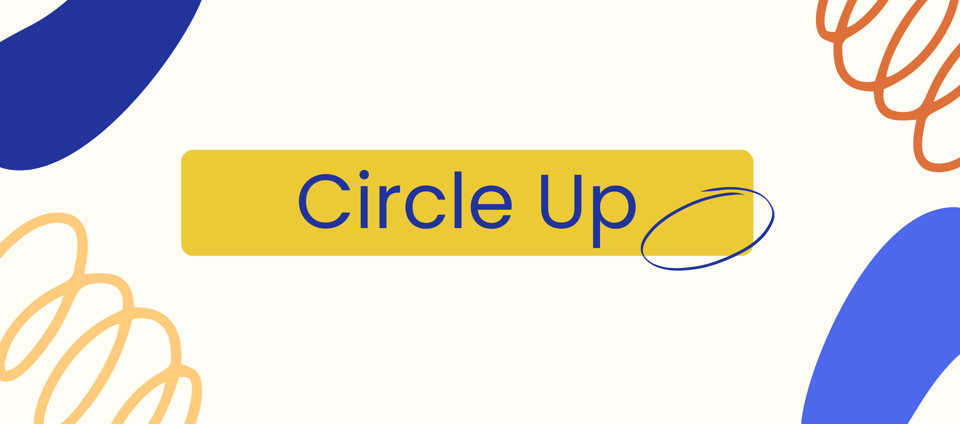Choosing the perfect Garbanzo lesson
Depending on your Garbanzo subscription, you might have access to different audio lessons.
Our Premium subscription gives access to all audio lessons while our Standard subscription gives audio access on certain Core Paths (Spanish: Core15, Core15, and English Core10).
The difference is that with the audio version, you could potentially save your voice and use the audio lesson instead of reading it out loud for every class.
Regardless of which subscription you have, the activities below should work with your chosen Garbanzo text! All of the activities will start by reading a portion of the text or playing that section from the audio lesson.

Activity 1: Dictation - Classic version
Dictation is a classic for a reason, but we believe it’s best used as a listening activity instead of an assessment (as we’ve discussed in this post). Once you’ve read through a Garbanzo text or listened to the audio, challenge students with a dictation using a portion of the text. Choose a few sentences to read out loud to students as they try and transcribe what you say perfectly! Then, check their work against the original lesson.
Don’t have access to the audio version of the lesson because you have a Standard subscription? No problem! You can read a section of the text out loud to your class.

Activity 2: Translate This!
Once students have read a text on their own, add a translation-focused listening activity! Have students listen to a portion of the text and write down the translation into their L1. Be sure to choose a text that your students can understand at a high level so that this is a confidence builder, not a confidence buster!

Activity 3: Do You Hear What I Hear?
This activity requires a little bit of prepwork, but it also allows students the chance to “catch” mistakes – and who doesn’t love delivering the “Gotcha!” moment, especially without the pressure to do so in the L1?!
First, write a list of five correct statements about the Garbanzo text in students’ L1. Then, change one small detail in each statement to make each one false.
Display or print out lists of the falsified statements for your students (in their L1!) and give them a chance to read through them. Then, play or read aloud the Garbanzo lesson (in their target language!).
As students listen, they should identify and fix the incorrect detail in each statement so that the meaning correctly matches what they hear in the target language!
VARIATION: True/False
After reading/listening to the Garbanzo text, announce to the class that you’ll be making statements about the story. It’ll be their responsibility to figure out if it’s TRUE or FALSE.
As you read each statement, students listen and write true or false on a piece of paper. If it’s a class with a higher level of proficiency, students correct the false statements in the L2. If that’s too challenging, they correct the false statements in the L1.

Activity 4: Circle Up
This is another activity that requires a little more prep, but it’s worth it!
Once you’ve selected the Garbanzo text, choose 8-10 images. Most of them should represent ideas or details from the text, but you will also need to include some images that don’t have anything to do with the lesson.
Distribute a printed page of the images to each student. Then, read aloud or play the Garbanzo lesson to students one or more times. Have students circle the images that connect with the text and X out the ones that don’t match.



